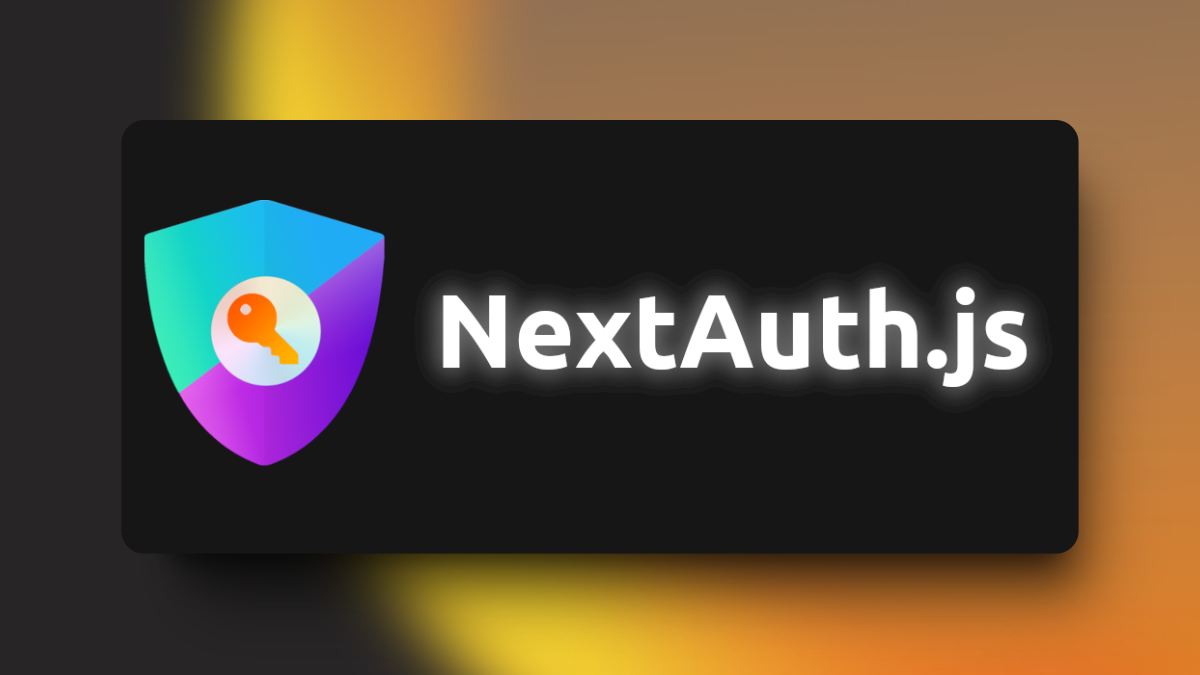Authentication with NextAuth.js
by Alberto Ramos
4 min
What is NextAuth?
I know, you’ve been browsing through different authentication solutions for your Next.js project and you’re wondering: “Is there a simple and powerful way to handle user authentication in my app?” Well, let me introduce you to NextAuth.js, the go-to library for seamless authentication in Next.js projects.
How does it work?
NextAuth.js integrates smoothly into your Next.js app, providing built-in support for multiple authentication providers (like Google, GitHub, and Facebook), and even lets you roll out custom authentication strategies. It’s fully customizable but also works great right out of the box with minimal setup.
Here’s a quick overview of setting up NextAuth.js in your project:
npm install next-auth
In your /pages/api/auth/[…nextauth].js file, you can set up your providers like this:
import NextAuth from "next-auth";
import Providers from "next-auth/providers";
export default NextAuth({
providers: [
Providers.Google({
clientId: process.env.GOOGLE_CLIENT_ID,
clientSecret: process.env.GOOGLE_CLIENT_SECRET,
}),
// Add more providers here
],
});
Customizing the Experience
NextAuth.js allows you to easily tweak how your authentication works, from customizing sign-in pages to extending the session logic. You can also securely manage user sessions and choose how long they last.
Example Custom Sign-In Page:
export default function SignIn({ csrfToken }) {
return (
<form method="post" action="/api/auth/signin/email">
<input name="csrfToken" type="hidden" defaultValue={csrfToken} />
<input type="email" name="email" placeholder="Enter your email" />
<button type="submit">Sign in</button>
</form>
);
}
Supported Authentication Providers
NextAuth.js comes with a wide range of built-in providers, including Google, GitHub, Facebook, Twitter, and more. You can even add your custom OAuth provider or go passwordless with email magic links!
Here’s an example of adding multiple providers:
providers: [
Providers.GitHub({
clientId: process.env.GITHUB_CLIENT_ID,
clientSecret: process.env.GITHUB_CLIENT_SECRET,
}),
Providers.Facebook({
clientId: process.env.FACEBOOK_CLIENT_ID,
clientSecret: process.env.FACEBOOK_CLIENT_SECRET,
}),
// Add custom providers here
],
Secure and Scalable
Security is at the heart of NextAuth.js. With built-in CSRF protection, session handling, and token encryption, you can trust that your users’ data is secure. It’s also scalable, handling anything from small projects to enterprise-level applications.
Conclusion
As you can see, NextAuth.js makes it incredibly easy to add secure and flexible authentication to your Next.js projects with just a few lines of code. Whether you’re building a small side project or a complex app, NextAuth.js offers a solution that’s both simple and powerful.
Check out the official NextAuth.js documentation for more details and advanced use cases: